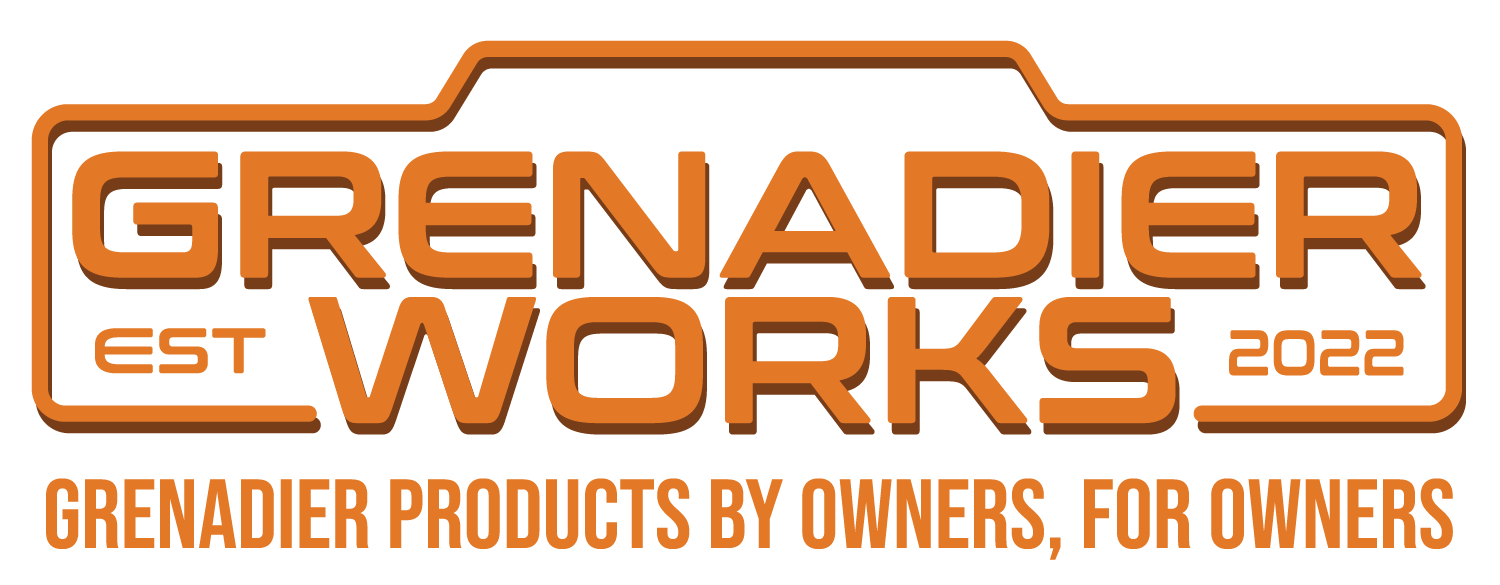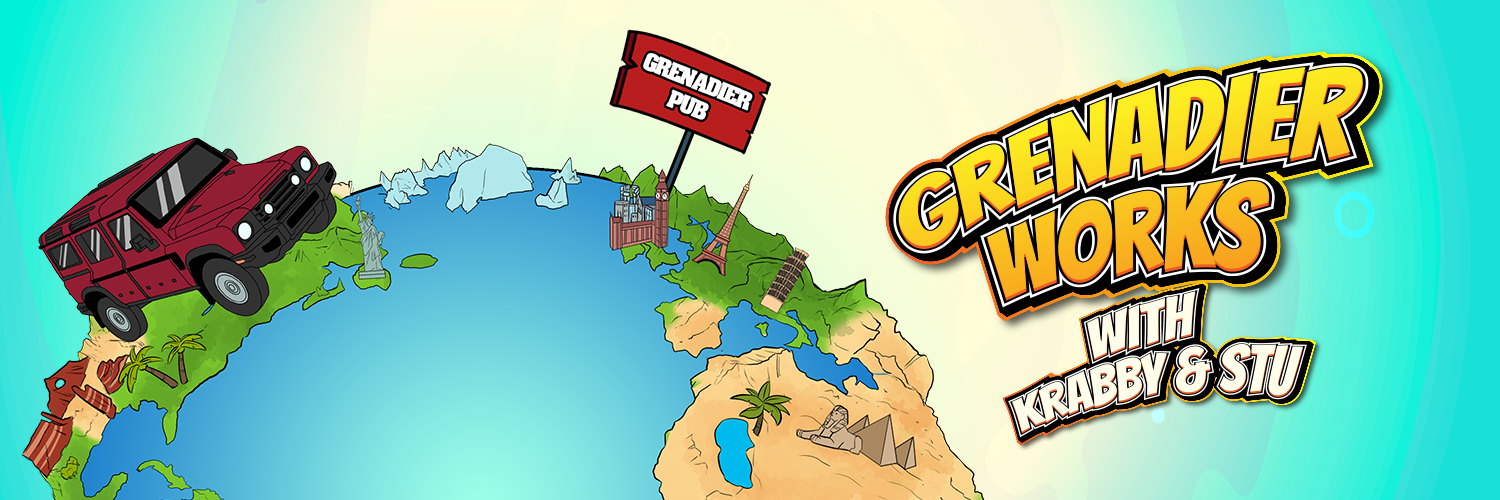So after changing a front wheel stud and bearing here’s a how to thread in case anyone else finds themselves in the same situation.
I have used my own terminology for the parts, some of you might be triggered by this.. Sorry! Is it a brake disc or a rotor etc etc..

1.
Remove the wheel, in my case I had to drill out a stud to remove a broken lock nut.
2.
Remove the brake calliper. To do this start by removing the plug for the brake wear indicator. There’s an Allen screw holding it in place.

Once the wire is disconnected remove the floating section of the calliper, to do this remove the two rubber covers from the sliders there’s one at the top and bottom, inside there’s a rod which has an Allen key fittting, (8mm I think). Unscrew both rods and pull them back about 25mm 1”. The floating section of the calliper should now be able to be pulled off the disk. It may be tight but gently tapping it with a wooden or plastic mallet will free it.
Next unclip the speed sensor wire from the bracket holding the brake line, wear indicator wire and speed sensor wire, it slides upward. Then unclip the wire from the supports along its whole length up towards the top of the wheel arch. Now remove the L shaped bracket holding the brake line and wear indicator wire. (Two T25 Torx screws I think)
Now remove the rest of the calliper, (Have a cable tie handy before you do this). This is the two bolts that screw into the swivel hub (22mm spanner I think) These are tight and will need significant force. Once removed hang the calliper high from the coil spring to keep it out of the way using the cable tie. Be careful not to pinch or kink the brake lines or the wires.
3.
Remove the brake disk. To do this unscrew the bevelled headed screw with a Torx head. ( can’t remember the size) then take an 8mm bolt and screw it into the threaded hole at the opposite side of the disc, (see first picture). This will break the disk free from the outer hub slightly. Don’t over tighten it as this will cause it to come off at an angle and get pinched. Once its started to move tap the opposite side of the disc with a mallet and it should come away easily.
4. Disconnect the steering rods, depending on which side you are doing this will either be one or two rods. They are removed using a 24mm ring spanner and a Torx head socket to prevent the whole ball joint from turning. A tip here is to slacken the nut until the threads of teh ball joint are below the top of the nut, then tap the top of the nut with a mallet, do not hit the threads as you might damage them. On older vehicles ball joints can be hard to remove, if this is the case hit the side of the flange hard with a hammer whilst applying downward pressure on the steering rod. In my case they came off pretty easy.

5.
Now it’s time to remove the whole hub assembly. Start by removing the lock nut on the end of the axle, this is accessed by removing the hubcap which you can do by gently prising with a chisel or flat blade screwdriver. The 41mm nut has a collar which is designed to be bent into the two channels cut into the end of the axle, this prevents the nut from coming undone. You’ll need to knock these out of the channels using a small punch. Once done unscrew the nut. The thread appears to be 30x1.5mm.

Once the locknut is removed the two kingpin bearings need to be removed. It this point its worth noting that the complete hub assembly is heavy, around 18kg (40lb). Don’t drop it on your foot!

The kingpin bearings are attached using 4 m12 bolts each. Unscrew all 8 and set them aside. The bearings won’t simply pull out, they are a tight fit and will need to be pried out using a cold chisel. Insert the chisel in either of the recessed areas on either side of the flange and tap with a hammer. Once you see movement go to the other side, and then back and forth to keep the bearing sliding up evenly (or down with the bottom bearing). If you go too hard on one side it will pinch. Be sure not to damage the collar with the tip of the chisel angle it in if necessary.

As the bearings are removed the hub assembly will become loose. Be careful it doesn’t fall off. I’d suggest removing the bottom bearing first and then when the top one is about half way out you’ll be able to lift the whole assembly off. Before you do this make sure that the speed sensor wire that you disconnected earlier doesn't get caught on anything or pinched as this is still attached to the assembly. As you slide the assembly off the axle needs to slide out from the splines inside the hub, there is now nothing holding the axle in place so it could pull out of the differential and slide right out. If you have an assistant get them to hold it in place either from the universal joint or by pushing it through the hub. If the axle does pop out push it back in gently turning it to line the splines up inside the diff.
6.
Now you’re going to need a big press, with at least 10 tons of pressure. Before you go anywhere with the hub assembly remove the speed sensor. It can now be easily accessed from inside the swivel housing. It’s a small Allen screw. The rubber bung can be pushed through the hole in the swivel hub and unclip-edge from the wire. Be careful not to damage the wire. The plug end needs to pass through the hole as the sensor itself is too big.
I got a workshop to press out the bearing so I’ll not give precise instructions apart from make sure that the assembly is properly supported in the press as close to the centre as possible. Do not use the steering rod or brake calliper flanges as supports, they will likely bend, remember you’ll need around 10 tons of pressure to get this apart.

You need to set up the press to push on only the outer hub, the bearing can not be pressed out at this point as there is a circlip inside the assembly which needs to be removed first. So press the outer hub from the swivel housing. Once you have this apart you can remove the speed sensor ring and then replace the studs as required. It is possible that the wheel bearing could be retained assuming it didn’t come apart when pressing out the hub. However before pressing the outer hub back in inspect the bearing and make sure that the circular sprung clip which holds the two inner races together is still in the correct position. If it is sitting proud of the bearing surface it will catch on the hub as it is pressed in. For the small cost of the bearing it would be a good idea to press out the bearing and fit a new one. The bearing is made by SKF and has the dimensions 60mm deep external bore 90mm internal bore 55mm.
The SKF part number is BTH-1011 AB, however the bearing SKF BTH-1011 DC appears identical and fits fine. Its is also fitted to some IVECO trucks and the IVECO part no. is VKBA3552.
Press the new bearing into the swivel hub and then press the outer hub into the bearing. Remember to re-fit the speed sensor ring as there’s no going back once you have pressed the two halves together, unless you want to buy another bearing…
Re-assembly is the reverse of removal, check the tightness of the wheel nuts, brake calliper bolts and steering rod ball joints after a short drive..
Let me know if I have forgotten anything..
I have used my own terminology for the parts, some of you might be triggered by this.. Sorry! Is it a brake disc or a rotor etc etc..
1.
Remove the wheel, in my case I had to drill out a stud to remove a broken lock nut.
2.
Remove the brake calliper. To do this start by removing the plug for the brake wear indicator. There’s an Allen screw holding it in place.
Once the wire is disconnected remove the floating section of the calliper, to do this remove the two rubber covers from the sliders there’s one at the top and bottom, inside there’s a rod which has an Allen key fittting, (8mm I think). Unscrew both rods and pull them back about 25mm 1”. The floating section of the calliper should now be able to be pulled off the disk. It may be tight but gently tapping it with a wooden or plastic mallet will free it.
Next unclip the speed sensor wire from the bracket holding the brake line, wear indicator wire and speed sensor wire, it slides upward. Then unclip the wire from the supports along its whole length up towards the top of the wheel arch. Now remove the L shaped bracket holding the brake line and wear indicator wire. (Two T25 Torx screws I think)
Now remove the rest of the calliper, (Have a cable tie handy before you do this). This is the two bolts that screw into the swivel hub (22mm spanner I think) These are tight and will need significant force. Once removed hang the calliper high from the coil spring to keep it out of the way using the cable tie. Be careful not to pinch or kink the brake lines or the wires.
3.
Remove the brake disk. To do this unscrew the bevelled headed screw with a Torx head. ( can’t remember the size) then take an 8mm bolt and screw it into the threaded hole at the opposite side of the disc, (see first picture). This will break the disk free from the outer hub slightly. Don’t over tighten it as this will cause it to come off at an angle and get pinched. Once its started to move tap the opposite side of the disc with a mallet and it should come away easily.
4. Disconnect the steering rods, depending on which side you are doing this will either be one or two rods. They are removed using a 24mm ring spanner and a Torx head socket to prevent the whole ball joint from turning. A tip here is to slacken the nut until the threads of teh ball joint are below the top of the nut, then tap the top of the nut with a mallet, do not hit the threads as you might damage them. On older vehicles ball joints can be hard to remove, if this is the case hit the side of the flange hard with a hammer whilst applying downward pressure on the steering rod. In my case they came off pretty easy.
5.
Now it’s time to remove the whole hub assembly. Start by removing the lock nut on the end of the axle, this is accessed by removing the hubcap which you can do by gently prising with a chisel or flat blade screwdriver. The 41mm nut has a collar which is designed to be bent into the two channels cut into the end of the axle, this prevents the nut from coming undone. You’ll need to knock these out of the channels using a small punch. Once done unscrew the nut. The thread appears to be 30x1.5mm.
Once the locknut is removed the two kingpin bearings need to be removed. It this point its worth noting that the complete hub assembly is heavy, around 18kg (40lb). Don’t drop it on your foot!
The kingpin bearings are attached using 4 m12 bolts each. Unscrew all 8 and set them aside. The bearings won’t simply pull out, they are a tight fit and will need to be pried out using a cold chisel. Insert the chisel in either of the recessed areas on either side of the flange and tap with a hammer. Once you see movement go to the other side, and then back and forth to keep the bearing sliding up evenly (or down with the bottom bearing). If you go too hard on one side it will pinch. Be sure not to damage the collar with the tip of the chisel angle it in if necessary.
As the bearings are removed the hub assembly will become loose. Be careful it doesn’t fall off. I’d suggest removing the bottom bearing first and then when the top one is about half way out you’ll be able to lift the whole assembly off. Before you do this make sure that the speed sensor wire that you disconnected earlier doesn't get caught on anything or pinched as this is still attached to the assembly. As you slide the assembly off the axle needs to slide out from the splines inside the hub, there is now nothing holding the axle in place so it could pull out of the differential and slide right out. If you have an assistant get them to hold it in place either from the universal joint or by pushing it through the hub. If the axle does pop out push it back in gently turning it to line the splines up inside the diff.
6.
Now you’re going to need a big press, with at least 10 tons of pressure. Before you go anywhere with the hub assembly remove the speed sensor. It can now be easily accessed from inside the swivel housing. It’s a small Allen screw. The rubber bung can be pushed through the hole in the swivel hub and unclip-edge from the wire. Be careful not to damage the wire. The plug end needs to pass through the hole as the sensor itself is too big.
I got a workshop to press out the bearing so I’ll not give precise instructions apart from make sure that the assembly is properly supported in the press as close to the centre as possible. Do not use the steering rod or brake calliper flanges as supports, they will likely bend, remember you’ll need around 10 tons of pressure to get this apart.
You need to set up the press to push on only the outer hub, the bearing can not be pressed out at this point as there is a circlip inside the assembly which needs to be removed first. So press the outer hub from the swivel housing. Once you have this apart you can remove the speed sensor ring and then replace the studs as required. It is possible that the wheel bearing could be retained assuming it didn’t come apart when pressing out the hub. However before pressing the outer hub back in inspect the bearing and make sure that the circular sprung clip which holds the two inner races together is still in the correct position. If it is sitting proud of the bearing surface it will catch on the hub as it is pressed in. For the small cost of the bearing it would be a good idea to press out the bearing and fit a new one. The bearing is made by SKF and has the dimensions 60mm deep external bore 90mm internal bore 55mm.
The SKF part number is BTH-1011 AB, however the bearing SKF BTH-1011 DC appears identical and fits fine. Its is also fitted to some IVECO trucks and the IVECO part no. is VKBA3552.
Press the new bearing into the swivel hub and then press the outer hub into the bearing. Remember to re-fit the speed sensor ring as there’s no going back once you have pressed the two halves together, unless you want to buy another bearing…
Re-assembly is the reverse of removal, check the tightness of the wheel nuts, brake calliper bolts and steering rod ball joints after a short drive..
Let me know if I have forgotten anything..



